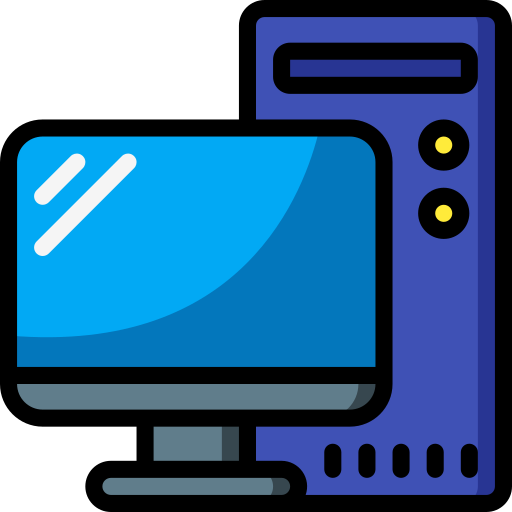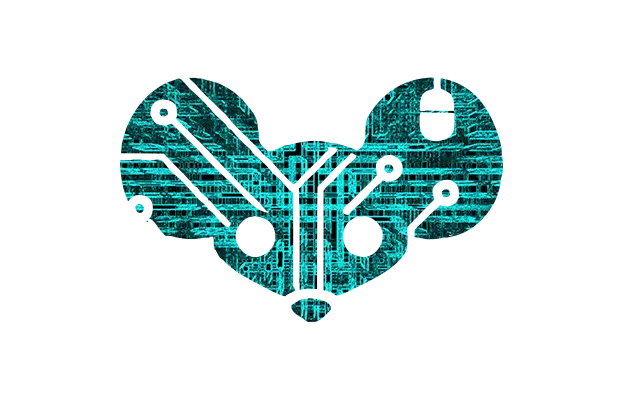

Yeah, it’s /etc/pve/corosync.conf you can set quorum votes to 2 for a device. But it’s easy to get the file overwritten. Link
Or you can use pvecm expected 1 on both hosts or pvecm --votes 2 on one device.


Yeah, it’s /etc/pve/corosync.conf you can set quorum votes to 2 for a device. But it’s easy to get the file overwritten. Link
Or you can use pvecm expected 1 on both hosts or pvecm --votes 2 on one device.


Set up a home lab with a couple Linux/Windows hosts that report back to a logging platform or SIEM.
Set up a honey pot somewhere and analyse the files in a malware sandbox.
Compete in some CTFs or forensics competitions.
Why he lookin at me like that
☝️🤓aaS


CrowdStrike haha But really just use Defender


The framework 13 is around a grand pre built and around 900 if you have a spare SSD and SODIMM modules laying around.
I feel like an i3 or Celeron is not really a fair comparison. The framework machines are quite powerful and they’re targeting the prosumer/workstation market.
In the case of sustainability you do not have to trash the parts on upgrade. Framework sells cases to repurpose the main board as a PC/server. You could also buy a shell and create a second laptop. When it comes to throwing out parts on repair or upgrade you are throwing out less overall.
It’s also a fairly new company so between that and the market they’re targeting the products are fairly expensive. Further down the line they could become much more affordable as the company scales. But yeah it does not sound like Framework laptops are a good fit for you right now.


Thank God, Google focuses on the most inane bullshit.
I also had this problem but after setting my current location which requests location permissions it works. I think there’s a slight bug where it doesn’t ask for location permissions on launch. Similarly, the rain notification was failing because it only asked for location permissions while using the app not constantly.
Waking up in the bag is a known problem with Windows’ new sleep mode but the rest ¯\_( ͡° ͜ʖ ͡°)_/¯
OpenMediaVault! It has a nice web UI and it’s Debian based. However the development cycle doesn’t always line up with Debian releases so sometimes it can take a few months to switch major versions.


Maybe Uyghurs?
Also Islam isn’t kill everyone but ISIS kinda is just look at their opponent list on Wikipedia


As a nevernude I prefer no holes bared


I currently use gandi but I’m planning on moving to cloudflare. Not in too much of a rush since I did a 10 year lease.


Yeah I upgraded my Odroid and ran into some issues with Armbian but I was able to work through it thanks to this post. I guess Armbian broke the repos a little and it prevented OMV from cleanly auto updating with the script.


Ah, good to know.


IIRC and I may be wrong here the drive stays encrypted in sleep. Decryption is done in real time via your CPU. However the encryption key is stored in unencrypted RAM. Which is why the other comment suggests encrypting swap and hibernating, this writes RAM to disk.


To be fair there are probably many different ways to solve the problem. I’m somewhat experienced with Linux and I’ve attempted seeing up TPM LUKS decryption on boot. It’s certainly not easy or at least wasn’t when I tried. For non experienced people it’s easier to just enter the password at boot and enable auto login. Then you get the security, software, ethics, or licensing debates that accompany most Linux discussions.


They do understand the point. The problem is that if you use TPM to unlock on boot it is slightly self defeating. Now the attacker has access to your display manager or TTY. They can guess passwords, try to bypass the biometric checks, or find an exploit. But that does indicate a higher tech level that your average thief.
No domduction